BITS BLOG
Ransomware and AI: Smarter Threats, Higher Stakes, and What Your Business Can Do Now
Ransomware Has Evolved. AI Is Changing the Game.
Ransomware has changed. What once was a brute-force, scattershot crime has become targeted, automated, and driven by artificial intelligence. The tactics are faster, the social engineering is more convincing, and the time to detect and respond has grown dangerously short.
Businesses, especially SMBs, are now facing a new type of adversary; one that can adapt, learn, and launch attacks with minimal human effort.
In this post, we explain how ransomware is evolving in the age of AI and what your business can do to stay ready.
The AI-Powered Shift in Ransomware
Traditional ransomware attacks relied on basic phishing emails, mass vulnerability scans, and manual encryption tools. That approach is fading fast.
Today’s attackers are using AI to:
- Write believable phishing emails in multiple languages
- Analyze internal communication patterns to impersonate executives
- Locate soft targets within cloud and hybrid environments
- Evade detection tools like EDR through adaptive malware
- Prioritize systems for encryption based on business value
The result is simple: more successful attacks with less effort. In 2024, AI-assisted ransomware attacks contributed to a 30% increase in average dwell time, giving attackers more opportunity to move laterally and cause damage before being discovered.
What Is Driving the Surge in Risk?
Multiple factors are coming together:
- Accessible AI tools: Models like WormGPT are being built for cybercrime. They are cheap, fast, and easy to use.
- Lower cost of attack: Ransomware kits, affiliate networks, and deepfake tools have reduced the barrier to entry.
- More exposed environments: Cloud expansion, remote work, and weak vendor controls have created new entry points.
- Shifting tactics: With cyber insurance policies harder to claim, attackers are now targeting businesses directly with higher ransom demands.
Why SMBs Are Being Targeted
Many smaller companies believe they are not big enough to be a target. That is no longer the case.
AI tools make it easier to identify businesses with:
- Low overall cybersecurity maturity
- Poor cloud configuration or visibility
- Missing or inconsistent MFA
- Public vendor relationships or dependencies
- High-value or regulated data, such as in healthcare or finance
Once inside, attackers do more than encrypt. They exfiltrate data and use double extortion techniques to pressure businesses into paying, threatening public exposure if they do not.
5 Steps to Defend Against AI-Powered Ransomware
1. Upgrade Your Endpoint and Email Defenses
Deploy solutions that use behavioral detection, sandboxing, and anti-obfuscation. Signature-based systems cannot keep up with the pace of AI-generated malware.
2. Implement Data Classification and Resilient Backups
You cannot defend what you have not prioritized. Classify your most sensitive data, segment high-risk systems, and test your backups under realistic conditions.
3. Apply Role-Based and Least Privilege Access Controls
Limit lateral movement by aligning access with job roles and enforcing least privilege. Review roles and permissions regularly to eliminate unnecessary exposure.
4. Document and Test Your Incident Response Plan
A breach brings confusion. Your ability to respond depends on having a written, tested plan in place. This should involve IT, legal, communications, and executive leadership.
5. Review Your Cyber Insurance and Evidence of Controls
If you expect insurance to help during a breach, make sure you can prove that your security controls were in place. AI-driven attacks leave fewer breadcrumbs, so documentation is key to any claim.
Final Thought
Artificial intelligence is not just driving innovation; it is fueling more sophisticated cyberattacks.
Ransomware is evolving quickly, and so should your response. Businesses can no longer afford to treat cybersecurity as a technical issue or a reaction after something goes wrong.
It is now a strategic priority that touches every corner of the organization.
At BITS Cyber, we help companies prepare with control frameworks, role-based security models, and resilience strategies that align with business goals.
- Ransomware is no longer a question of if.
It is a question of how prepared you are when it happens.
